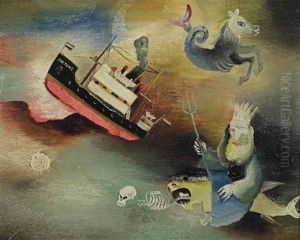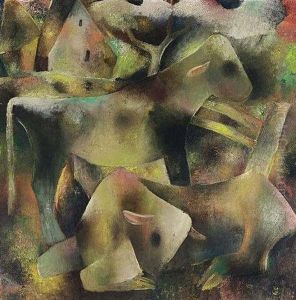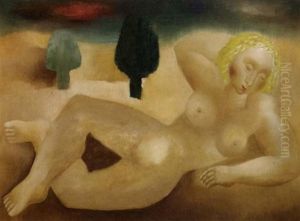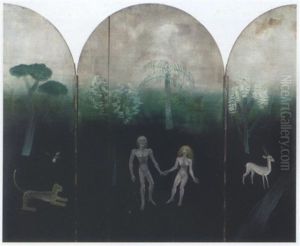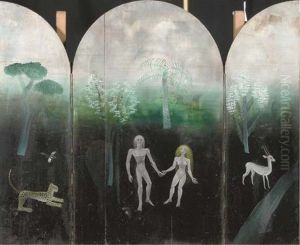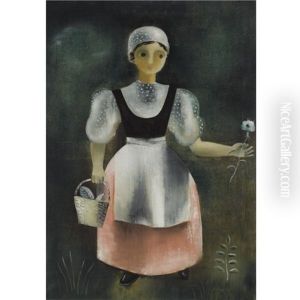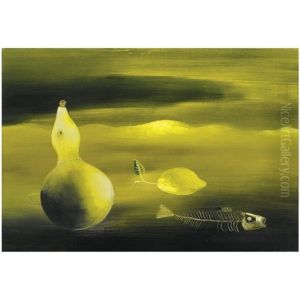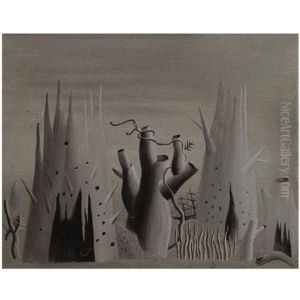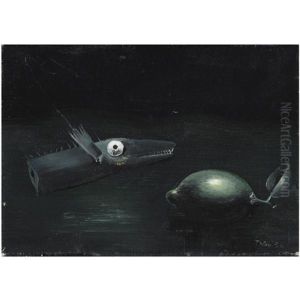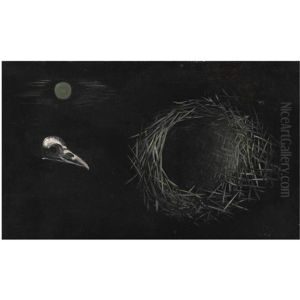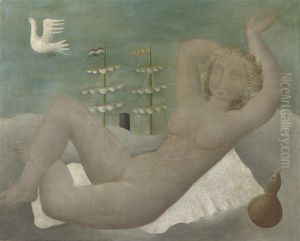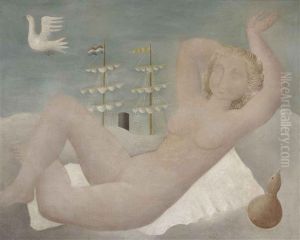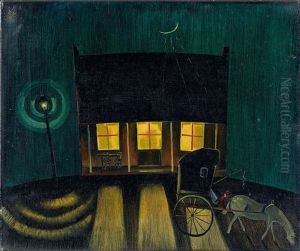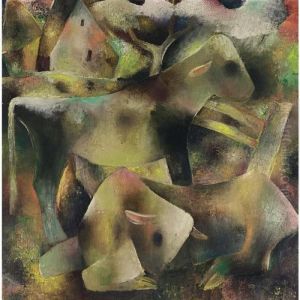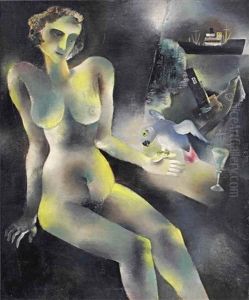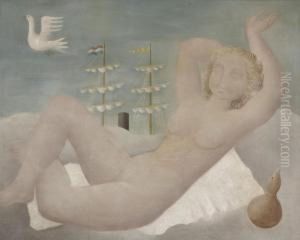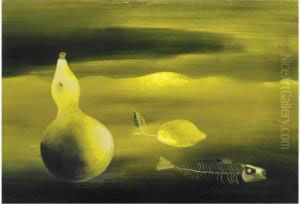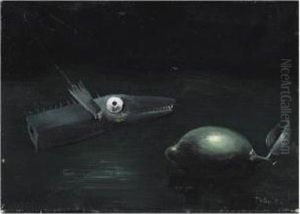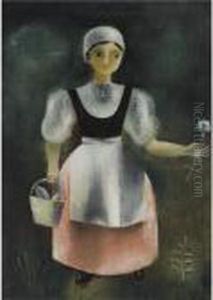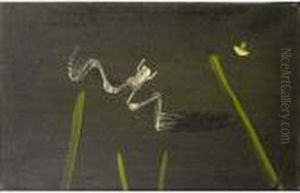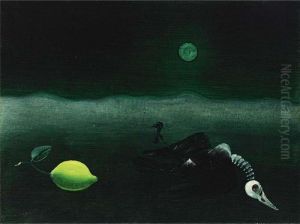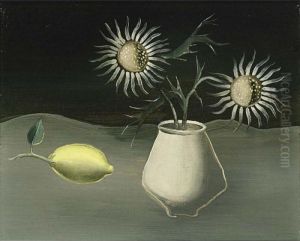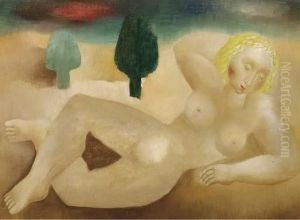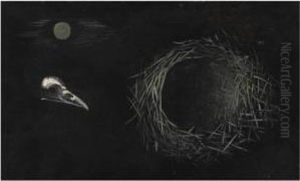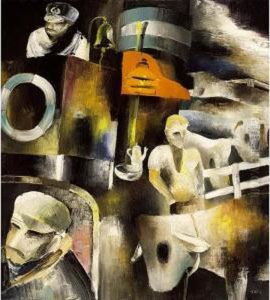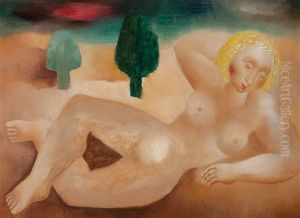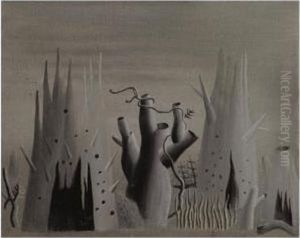Tinus, Van Doorn Jnr. Paintings
Tinus Van Doorn was born in Sumatra, Dutch East Indies (now Indonesia) in 1905. He was a Dutch expressionist painter and printmaker whose work is characterized by a naive and somewhat morbid style. Van Doorn grew up in a colonial setting, which influenced his early work, often depicting tropical scenes with a sense of exoticism. In 1921, he moved to the Netherlands to study at the Royal Academy of Art in The Hague.
However, his stay in the Netherlands was not long, as he returned to the Dutch East Indies in 1927 and traveled around the islands, drawing inspiration from the local landscapes, people, and culture. His work from this period shows a mix of European expressionism and local thematic elements.
Van Doorn eventually moved back to Europe, settling in Belgium in the early 1930s. His work began to gain recognition, and he participated in several exhibitions. During this time, his style evolved, and he began to incorporate more surreal and fantastic elements into his work. His paintings often featured animals, including birds, which he depicted with human-like emotions and characteristics.
Tinus Van Doorn's life was tragically cut short when he died at the age of 34 in 1940, during the early days of World War II. Despite his brief career, Van Doorn left behind a body of work that is appreciated for its unique style and its fusion of Eastern and Western artistic traditions. His paintings remain a testament to his talent and continue to be exhibited and studied as part of the Dutch expressionist movement.
